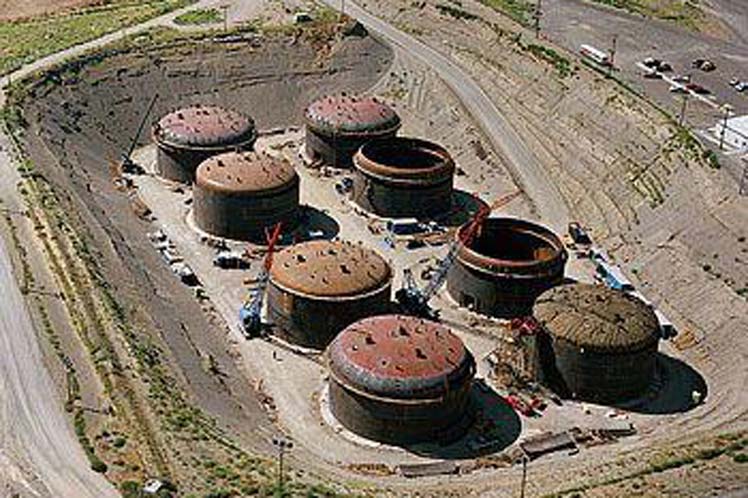A statement from that agency states that the deposit was built during the Manhattan Project for the production of the atomic bomb and received waste from the production of plutonium for nuclear weapons at the Hanford Nuclear Reserve between 1946 and 1976.
The tank contains about 465 thousand liters of radioactive liquid that might be contaminating the soil in the area, according to experts.
The authorities indicated that the contamination in the area is not new and that, for the moment, there is no greater risk for the population.
Hanford produced about two-thirds of the plutonium for the US nuclear arsenal, including the devices that killed thousands of people in Nagasaki, Japan, and is now the most contaminated radioactive waste site in the country, according to the AP agency report.
Parallel to this, the National Nuclear Security Administration (NNSA), the federal agency responsible for the development and production of nuclear weapons, approved on Wednesday the first design phase of a new project, which seeks to maintain US hegemony in the nuclear sphere.
The entity issued a statement announcing a program to build at least 30 plutonium cores per year, allegedly to ‘meet national security needs’, as it urges states such as Iran to reduce their nuclear program.
Plutonium cores are an essential component in nuclear warheads that act as a trigger for thermonuclear weapons and have nothing to do with the use of this type of energy for peaceful purposes.
ef/mgt/lb









